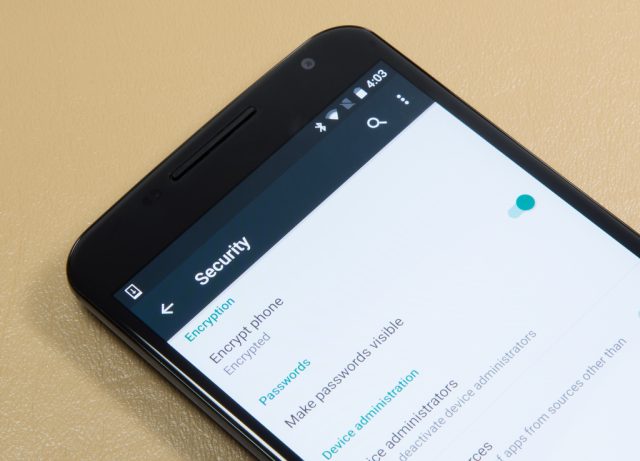Stuxnet, the powerful malware that wormed its way in and hobbled Iran’s uranium enrichment efforts, infiltrated the secure networks of the nuclear program via trusted partners, newly public information reveals.
Once machines in five partner networks had been infected, Stuxnet found its way into Iran’s Natanz refining plant where it force automated control machines to run uranium enrichment centrifuges at speeds that would damage them, according to a blog written by Alex Gostev, Chief Security Expert at Kaspersky Lab.
+ Also on Network World: Apple was warned about WireLurker months ago, Georgia Tech researcher says |Raids cast doubt on the integrity of TOR +
To read this article in full or to leave a comment, please click here


